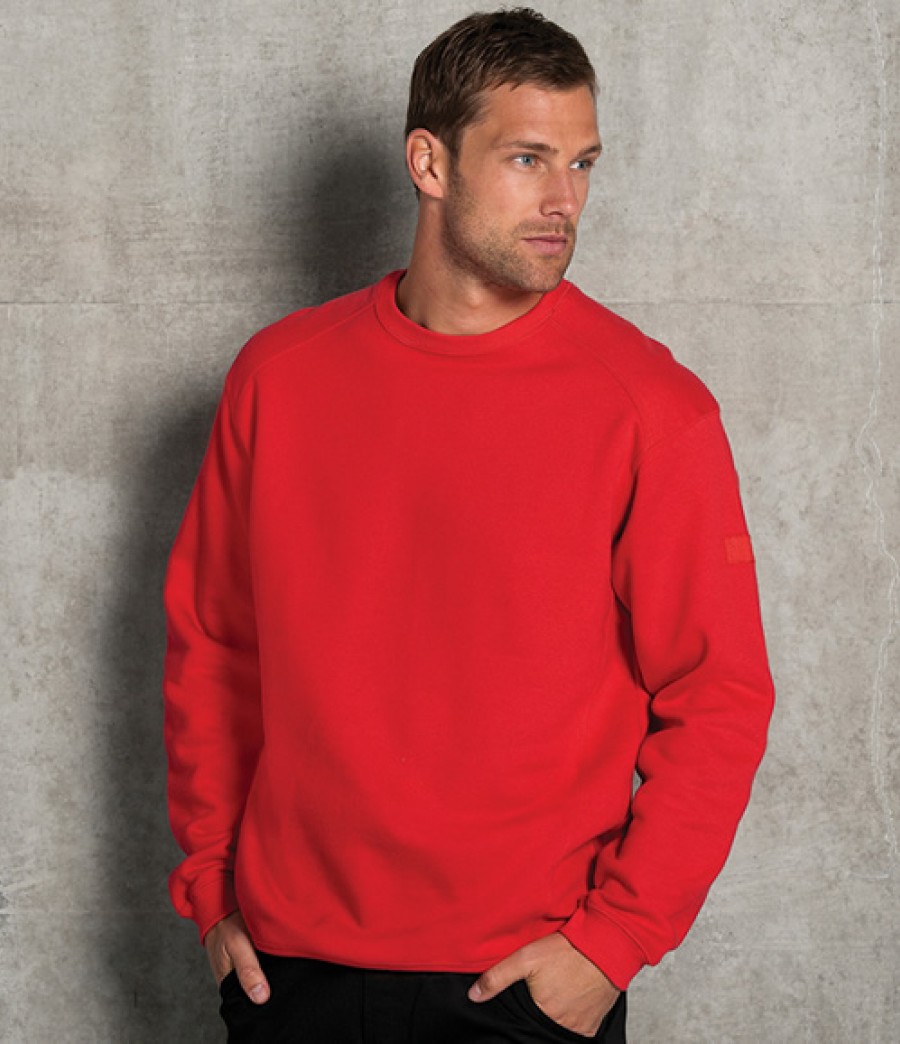Sweatshirts are long-sleeved pullover shirts that are typically made of thick cotton cloth. They are usually used for casual wear but aren't so formal as sweaters and cardigans. They may not have an Hood. If you're interested in purchasing a sweatshirt, here are a few tips:
Norma Kamali spread the appeal of sweatshirt s
Since the mid-70s the Norma Kamali brand has transformed the basic sweatshirt into an art form. Her designs are now a staple in almost all women's wardrobes. Her distinctive styles vary from a tummy-tucking crew neck , to leather paneled sweatshirt s. She has also created clothing in unusual designs, like tanks with an extended trumpet skirt.
A partnership between the designer and the manufacturer of sweatshirts Everlast gave rise to her Timeless collection, which was an instant hit when it debuted in the Spiegel spring 2006 catalog. The collection featured convertible and interchangeable knits in classic silhouettes and a lot of pieces were priced at less than $20. Even if The Norma Kamali Timeless collection was not available in stores, buyers were able to find the items on eBay as well as Poshmark.
Merino wool sweatshirts are more comfortable than soft sweatshirts
Merino wool is renowned for its ability to wick moisture away that help keep you comfortable and dry. It is a natural fibre that has a softer feel. The fabric is also quick to dry in comparison to other natural materials. Additionally, merino is a sustainable resource. The merino sheep shed their coats every year and regrow new coats.
Merino's weight-to-heat ratio is high, and the warmth of wool is one of the reasons it's popular for sweatshirts. It helps to regulate body temperature due to its natural loft, which traps heat between the fibers. This is why Merino wool sweaters are great for outdoor activities in the summer, such as mountain biking, hiking, and running. The warmth it provides helps keep the wearer cool and dry, which is crucial when exercising.
Zip-front hoodies feature kangaroo pockets.
Kangaroo pocket Hoodies are a well-loved style of hoodies. sweat shirts feature a huge pocket on the front, which keeps your hands warm on cold days. They are also more practical than traditional pockets, since they allow your hands to slide in and out with ease.

The pockets of Kangaroos are typically big enough to fit an entire wallet, as well as other small personal items. They are commonly large enough to accommodate one hand in a smaller size or even large enough to accommodate two hands. They feature wide openings on either side and are ideal for carrying small items.
French Terry fabric is a very popular material for sweatshirts.
The French Terry fabric is constructed of soft yarns made into loops, and are usually midweight. It is also noted as a fabric that wicks away moisture and is pre-shrunk. French terry is a great option for sweatshirts as it keeps you warm when you require it and keeps you cool when you're trying to cool down.
French Terry is also a popular choice for casual wear, as it has enough stretch and flexibleness to feel great when you touch your body. It also allows air to circulate around the fabric, which makes it ideal for layering under other clothes. In addition, because it's lighter than other sweatshirts that you can wear throughout the year without feeling hot or cold.
Hoodies can be classist.

While it may seem that hoodies are just an appropriate attire item for those who are working class but the truth is that they are a symbol of class. The hooded garment was first popularized in the early 1970s in New York, where graffiti artists wore them to hide their identities. In 1976 Hoodies made their main movie debut with "Rocky," when the protagonist of the film was a working class man in hooded gray sweats on his memorable climb to the top of the Philadelphia Museum of Art.
Hoodies are usually linked to death, destruction, and other undesirable items, yet they also serve practical purposes. For example, monks and priests might wear hoods in order to display modesty and inward focus.
